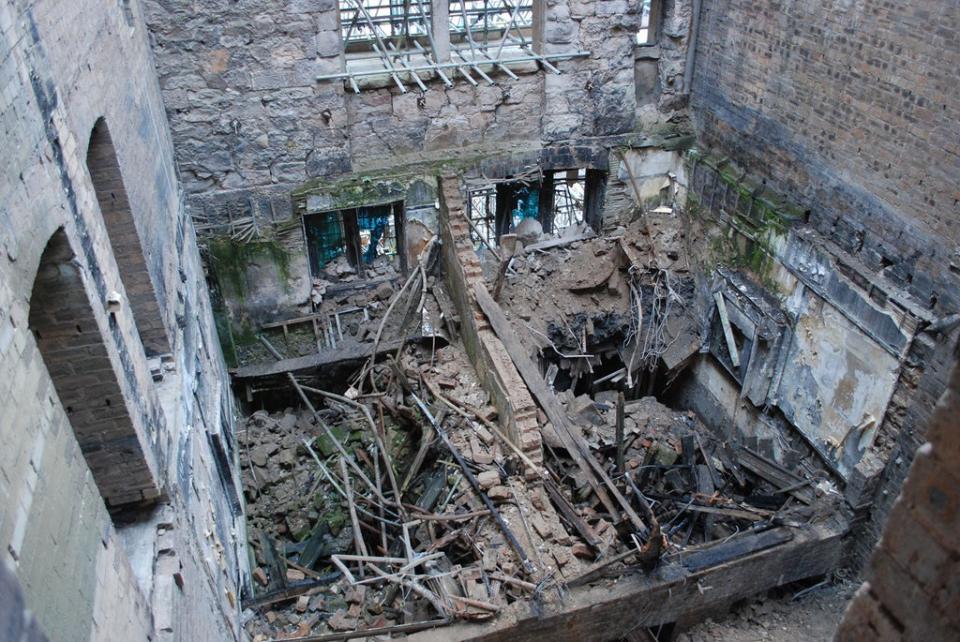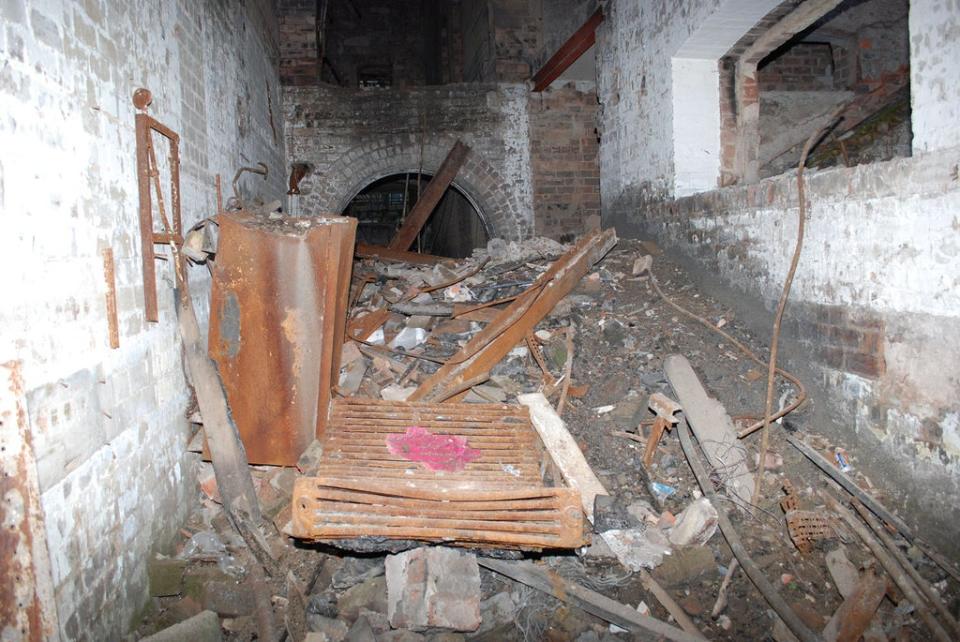Glasgow School of Art blaze investigation ‘most complex’ ever for fire service

The investigation into the fire which tore through Glasgow School of Art’s Mackintosh building is the “most complex” ever carried out by the Scottish Fire and Rescue Service a senior officer has said.
Experts spent more than 172 weeks physically excavating the building and preparing the report into the blaze, which broke out late on the evening of June 15 2018.
The building was so badly damaged by the fire that complex engineering works had to be carried out to stabilise and make the remaining structure safe before investigators could access the site for physical examinations, which they first did on October 15 2018.
However, they discovered that much of the physical evidence which may have provided clues, such as the Fire Warning System (FWS) control panel and the CCTV hard drive, had been so badly damaged that they could provide no data.

As such evidence was not available, investigators also drew on witness testimonies, CCTV and photographic footage from near the scene as they tried to piece together how the fire may have started.
Scottish Fire and Rescue Service (SFRS) deputy chief officer, Ross Haggart, said the investigation, carried out in a “very forensic, scientific manner”, took so long because of its complexity.
He said: “Because of the scale of disruption within the site, a lot of work had to go into making the site safe before our investigators could enter into it to start with, and then there was a really comprehensive piece of work to excavate and examine all the debris.
“There was compacted debris on the site in some places up to four metres deep so it took an awful lot of work to extract that debris and examine it, not just for any potential evidence but also looking for any artefacts that could be recovered and restored, so it was largely because of the extent of the site, the excavation that was necessary and the forensic nature in which all of that material had to be examined for any potential evidence.
“There was some very targeted work as well, we were able to recover things like the fire alarm panel and the CCTV panel so it was very focused as well, undertaking that in a very forensic, scientific manner.”

He described it as the “most complex and resource intensive investigation” undertaken by SFRS.
Activity at the site was temporarily suspended on the March 23 2020 due to the coronavirus pandemic but the physical investigation work restarted on July 1,2020.
The blaze in 2018 came as the building was nearing the end of a £35 million restoration project following a previous fire in May 2014.
An investigation into the 2014 fire managed to pinpoint the cause, finding that it began when a projector ignited gases from expanding foam used in a student project.
However, Mr Haggart said that the two investigations were very different.
He said: “The 2014 fire was entirely different circumstances, it was a working art school at the time and there were witnesses to the very early stages of the fire which was able to inform certainly the origin and cause and then the start of the spread of the fire.
“The 2018 fire, the art school was undergoing a significant restoration programme and buildings are more vulnerable when they are under construction or undergoing restoration programmes, anyway, so it was an entirely different set of circumstances in terms of the very rapid escalation of the fire and the fact there were no direct witnesses to where the fire specifically started.”
While the investigation has concluded, the report states that any further information which may alter its conclusion will be considered, and the report findings may be subject to a comprehensive review.

 Yahoo Sport
Yahoo Sport 





































